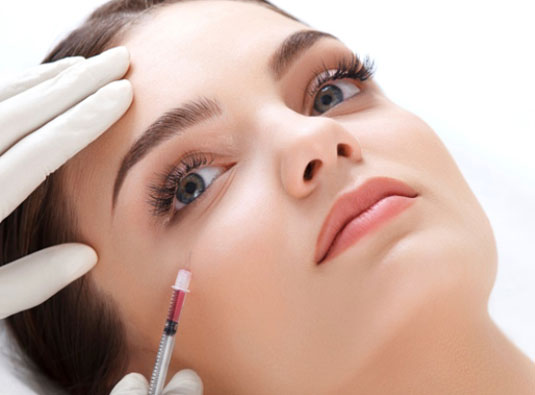Almost every person is eligible for performing a platelet-rich plasma therapy. With more than a million platelets/microliter constitution, this therapy has brought a huge relief to patients for the treatment of acute joint injuries, arthritis, joint pain, degenerative diseases, torn meniscus sciatica, ligamentous laxity, and rotator cuff tears.
With this therapy, platelets can be injected into the spinal discs, shoulder joints, and knee for regenerative purposes. A physician will ask you a set of questions to ensure that the PRP treatment you are getting will be impactful and safe.

Is the Patient free of Any Contraindicated Conditions?
PRP is considered to be the safest procedures in the medical field. With this method, you take out 20cc blood from patient’s body, spin it around, and again inject it into the injured area of the patient’s body. To avoid any risks of infection, inflammation, and pain, it is important that blood collection, PRP activation, and processing should happen in a sterile environment. This will give you accurate results.
Also, it is important that the patient has to be free from any of the below mentioned pre-existing conditions:
- Metastatic disease or Cancer
- Active localized infection
- Pregnant or breastfeeding
- A low platelet count or thrombocytopenia
- Low HGB count or anemia
- Platelet dysfunction syndrome
- Undergoing antiplatelet therapy due to deficiency of platelet
- Active Smoking Habit
- Alcohol Overuse
- Allergic to cows
- Blood infection or Septicemia
- Local toxicity to Bupivacaine HCL or Lidocaine
- NSAIDS and Corticosteroid injection
- Recent illness or fever
Can they be treated by Platelet-Rich Plasma?
Before performing PRP therapy, it is important to understand the condition of the patient. This will help in determining whether they are the right contender for this therapy. A doctor before performing this treatment will address following important factors such as growth factor levels, activation times, and platelet count to determine the health of the patient and suitability of this treatment.
As the results vary from person to person, a positive outcome proves that a PRP therapy would be beneficial for a person.
Which is the Favorable Healing Phase for Platelet-rich Plasma Treatments?
The fundamental mechanisms for wound healing are divided into 3 basic phases:
- Inflammatory
- Proliferative phase, and
- Tissue remodeling which is the longest phase
The inflammatory phase starts instantly post a wound. It includes activation of fibrin and development of a clot that consists of cross-linked strands of fibrin and platelets. These platelets release several cytokines, proteins and growth factors that direct the healing of wound.
Finding the Best Therapist for PRP Therapy
There is no doubt in the effectiveness of PRP therapy and the results it provides to a person. To ensure the best treatment, it is important to know the experience, skill and the level of knowledge of the therapist that you choose for performing the treatment. Dr. Arun Garg is one of the nationally recognized doctors who revolutionized co-discovered PRP (Platelet Rich Plasma).
Conclusion
Due to significance and benefits offered by Platelet-Rich Plasma therapy, it has become popularly used in the field of orthopedics, ophthalmology, sports medicine, cosmetic enhancement, and wound healing. These questions will help learn the physician learn about their patients before providing the PRP therapy.

